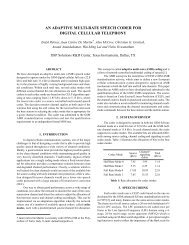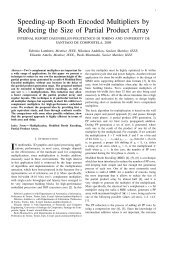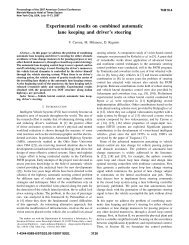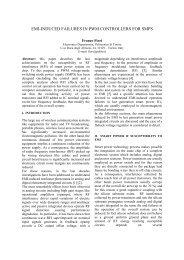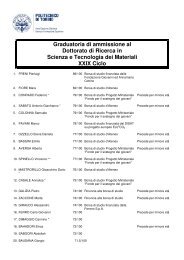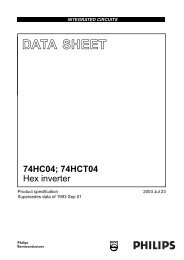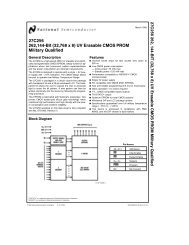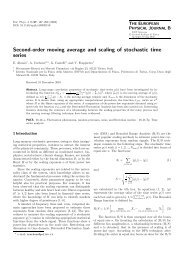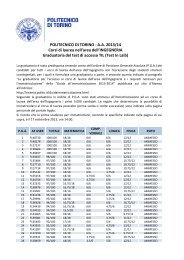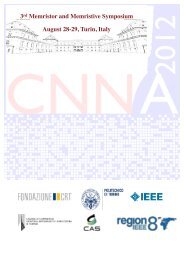Create successful ePaper yourself
Turn your PDF publications into a flip-book with our unique Google optimized e-Paper software.
• Bit 5 – SE: Sleep Enable<br />
The SE bit must be set (one) to make the MCU enter the Sleep Mode when the SLEEP<br />
instruction is executed. To avoid the MCU entering the Sleep Mode, unless it is the programmer’s<br />
purpose, it is recommended to set the Sleep Enable (SE) bit just before the<br />
execution of the SLEEP instruction.<br />
• Bit 4 – SM: Sleep Mode<br />
This bit selects between the two available sleep modes. When SM is cleared (zero), Idle<br />
Mode is selected as Sleep Mode. When SM is set (one), Power-down mode is selected<br />
as Sleep Mode. For details, refer to the section “Sleep Modes”.<br />
• Bits 3, 2 – ISC11, ISC10: Interrupt Sense Control 1, Bit 1 and Bit 0<br />
The External Interrupt 1 is activated by the external pin INT1 if the SREG I-flag and the<br />
corresponding interrupt mask in the GIMSK are set. The level and edges on the external<br />
INT1 pin that activate the interrupt are defined in Table 5.<br />
Table 5. Interrupt 1 Sense Control<br />
ISC11 ISC10 Description<br />
0 0 The low level of INT1 generates an interrupt request.<br />
0 1 Reserved<br />
1 0 The falling edge of INT1 generates an interrupt request.<br />
1 1 The rising edge of INT1 generates an interrupt request.<br />
• Bits 1, 0 – ISC01, ISC00: Interrupt Sense Control 0, Bit 1 and Bit 0<br />
The External Interrupt 0 is activated by the external pin INT0 if the SREG I-flag and the<br />
corresponding interrupt mask are set. The level and edges on the external INT0 pin that<br />
activate the interrupt are defined in Table 6.<br />
Table 6. Interrupt 0 Sense Control<br />
ISC01 ISC00 Description<br />
0 0 The low level of INT0 generates an interrupt request.<br />
0 1 Reserved<br />
1 0 The falling edge of INT0 generates an interrupt request.<br />
1 1 The rising edge of INT0 generates an interrupt request.<br />
The value on the INTn pin is sampled before detecting edges. If edge interrupt is<br />
selected, pulses with a duration longer than one CPU clock period will generate an interrupt.<br />
Shorter pulses are not guaranteed to generate an interrupt. If low-level interrupt is<br />
selected, the low level must be held until the completion of the currently executing<br />
instruction to generate an interrupt. If enabled, a level-triggered interrupt will generate<br />
an interrupt request as long as the pin is held low.<br />
30 AT90S8515<br />
0841G–09/01



